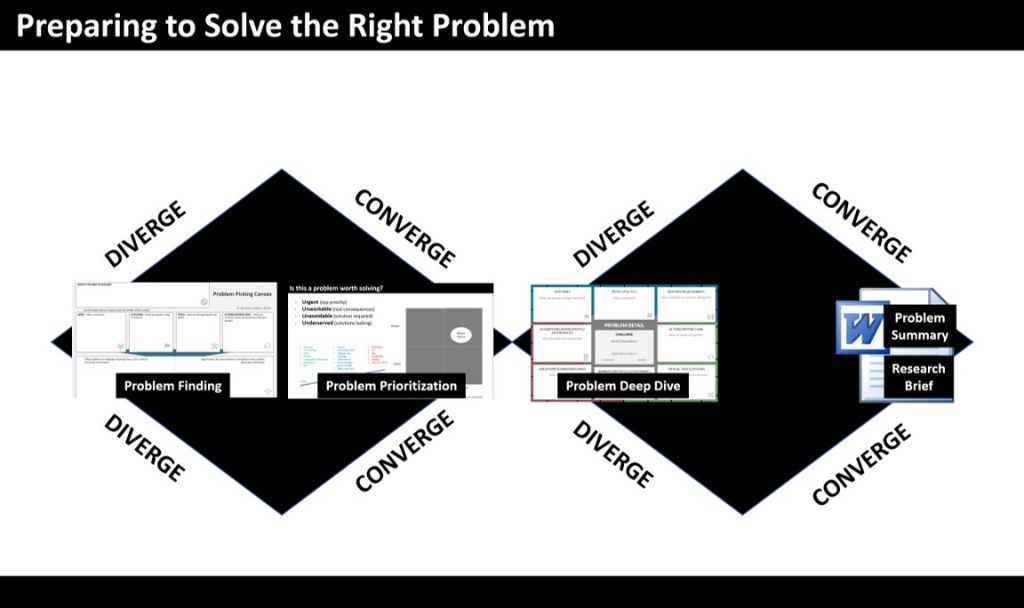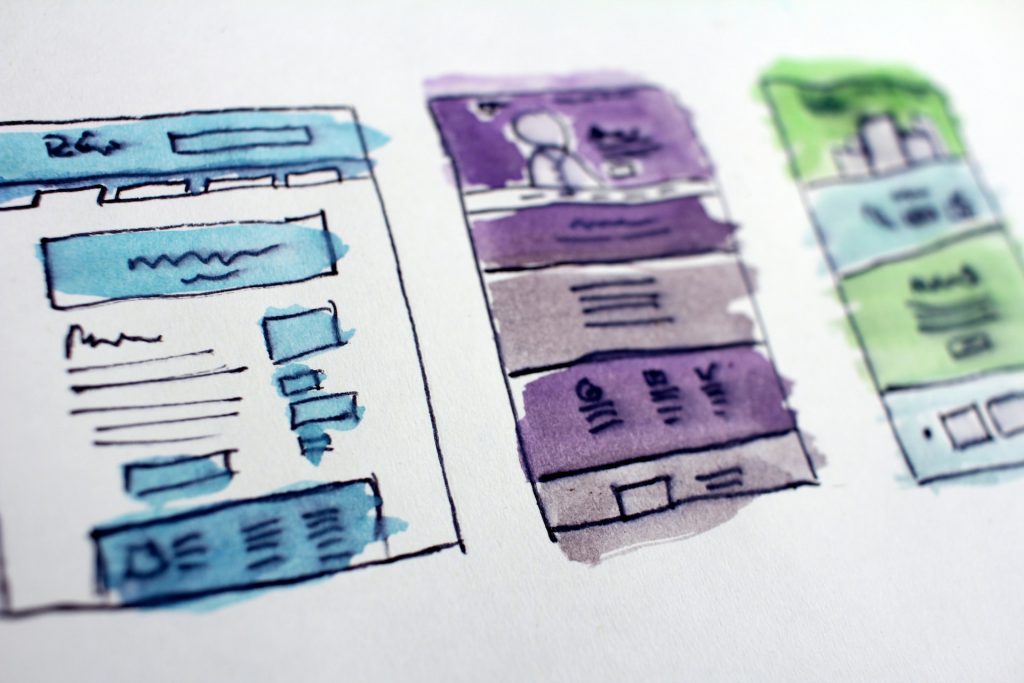A Step-by-Step Guide

GUEST POST from Chateau G Pato
In an age where technological advancements and global connectivity continually reshape the competitive landscape, the ability to innovate has never been more critical. Design thinking has emerged as a potent methodology to foster innovation, enabling organizations to approach problems from a human center to drive disruptive solutions. Today, I delve into this dynamic process in crafting my very best article ever, outlining the fundamental steps with insightful case studies to illuminate how design thinking can catalyze transformative results.
Understanding Design Thinking
Design thinking is not just a problem-solving tool; it is a way to infuse innovation into the cultural fabric of an organization. At its core, design thinking is about harnessing empathy to understand user needs deeply, ideating solutions collaboratively, and iterating continuously to refine those solutions.
The design thinking process can be broken down into five distinct phases:
1. Empathize
2. Define
3. Ideate
4. Prototype
5. Test
Understanding these stages in depth, and seeing them in action, reveals why design thinking is transformative.
Step 1: Empathize
The journey begins with empathy—understanding the people for whom you are designing. Empathy requires immersing oneself in the users’ experiences, often involving field research, interviews, and observations.
Case Study 1: Empathy in Healthcare Design
Consider the case of IDEO’s redesign of hospital patient admission processes. The team immersed themselves in the healthcare environment, observing, interviewing, and shadowing patients, nurses, and doctors. They discovered that anxiety stemmed not just from medical concerns but from inadequate communication and disorganized workflows. By empathizing deeply with patients and healthcare workers, IDEO identified nuanced pain points—insights that underpinned innovative solutions.
Step 2: Define
In this stage, information gleaned from empathy work is synthesized to define the core problems. This phase involves framing the problem in a way that is user-centered and actionable.
In the IDEO case, the problem was articulated as, “How might we reduce patient anxiety during the admission process?” Framing the problem in this manner ensured that solutions would center on enhancing the patient experience.
Step 3: Ideate
With a well-defined problem, it’s time to brainstorm ideas. This phase thrives on creativity and open-mindedness. Diverse perspectives within a team can lead to unexpected and groundbreaking concepts.
IDEO engaged cross-functional teams, including patients, administrators, and medical staff, in ideation workshops. They used techniques like mind mapping and “How Might We” questions to generate a plethora of ideas—ranging from pre-admission apps to reimagined waiting areas.
Step 4: Prototype
Prototyping transforms abstract ideas into tangible forms, facilitating feedback and iterative refinements. Prototypes can be anything from sketches and storyboards to digital mockups and physical models.
IDEO developed low-fidelity prototypes, such as simplified patient intake forms and interactive digital interfaces, to simulate the new admission process. These prototypes were not final solutions but tools to elicit user feedback.
Step 5: Test
Testing involves placing prototypes in the hands of users and collecting feedback to iterate and refine. Testing is cyclical—it often reverts back to ideation and prototyping to improve solutions continually.
IDEO tested their prototypes with real patients and staff, making iterative improvements based on direct feedback. They refined communication methods, streamlined workflows, and incorporated technological aids—all aimed at creating a seamless and reassuring admission process. The result was a markedly reduced anxiety rate and increased patient satisfaction.
Case Study 2: Redesigning the Banking Experience
Another illuminating example is the redesign of the financial services experience by Bank of America. To capture the essence of user needs, their design team spent extensive time interviewing and observing customers and bank employees.
After empathizing and defining the core problems—such as the stress surrounding financial management and the intimidating nature of banking for new customers—they ideated solutions focusing on ease and trust.
Prototypes included simplified online interfaces, interactive financial planning tools, and revamped branch layouts to promote a welcoming atmosphere. Testing these prototypes with users led to iterative enhancements, eventually culminating in features like the “Keep the Change” program, which rounds up debit-card purchases to the nearest dollar and deposits the difference into a savings account—making saving effortless and habitual.
Conclusion
Design thinking is more than a methodological approach; it is a philosophy that places human needs at the epicenter of problem-solving. By embodying empathy, framing actionable challenges, embracing diverse ideas, and iterating through prototypes and tests, organizations can unlock unprecedented creativity and innovation.
As witnessed through IDEO’s healthcare intervention and Bank of America’s user-centric banking overhaul, design thinking can drive meaningful change across industries. It is a beacon guiding us toward innovations that resonate profoundly with end-users, creating solutions that are not only successful but also deeply impactful.
Let us continue to champion design thinking, fostering a world where creative solutions and human-centered innovations usher in a future replete with possibilities.
SPECIAL BONUS: The very best change planners use a visual, collaborative approach to create their deliverables. A methodology and tools like those in Change Planning Toolkit™ can empower anyone to become great change planners themselves.
Image credit: Pixabay
![]() Sign up here to get Human-Centered Change & Innovation Weekly delivered to your inbox every week.
Sign up here to get Human-Centered Change & Innovation Weekly delivered to your inbox every week.




